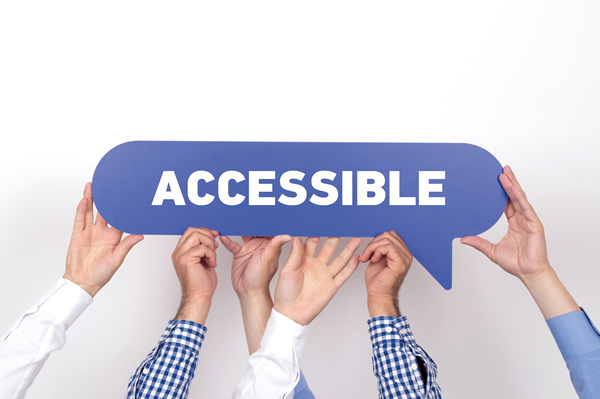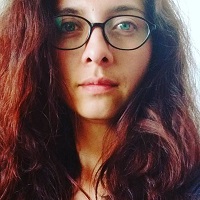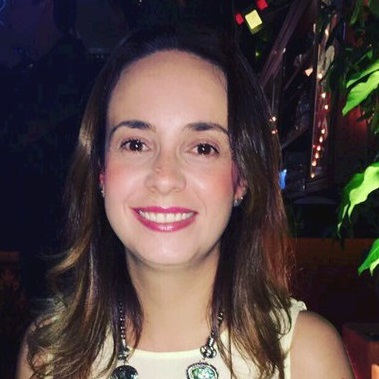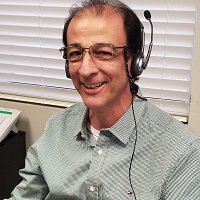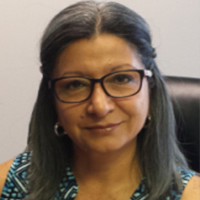Guest Writer: Megan Dausch.
Introduction
The Dicapta Foundation was excited to have the opportunity to be part of a webinar to showcase their GoCC4All technology that enables people who use braille and large print to access television captions and critical alerts from their smartphones. I was delighted to be invited to take part in this webinar to help demonstrate how a braille display works with the iPhone and show the app in action. While digital meeting platforms provide us with the ability to connect in accessible ways, it is critical to ensure that the meeting platform chosen is accessible and meets the objectives of the meeting.
The following information and anecdotes only represent the experiences of those involved in the presentation. Technology is always changing, and therefore, this information may have changed by the time you are reading this article, or your experience may be vastly different than ours due to your use case and technology setup. This article only focuses on our experiences in preparing for this webinar; it does not discuss these platforms from the perspective of audience members.
The process
As should be part of all planning for events, Dicapta and the Federal Emergency Management Agency (FEMA) considered accessibility from the beginning stages of designing their event. We tested various meeting platforms to ensure we would use a platform that both met accessibility needs and allowed for the sharing of audio and video as well as pre-recorded information.
We considered several meeting platforms for the event:
· Zoom
· WebEx
· Adobe Connect
· Hopin
Though Zoom offers a myriad of keyboard shortcuts, we needed to eliminate Zoom right away, as FEMA could not use it for this webinar. Next, we turned to explore Webex.
I have successfully used the Webex mobile app in the past and find it to be more accessible than my experience on the PC. However, when attempting to join the presentation on the mobile app, I was informed that I could not use the mobile app to participate. Additionally, the mobile app would not have been the best option for the purposes of this presentation, as I needed to actively use my iPhone to demonstrate the GoCC4All application. When I tested the web interface on the PC, FEMA was not able to make me a presenter, so I was unable to start my video, and I could not be seen on participants’ screens. This was critical since we wanted to show me reading an alert from the GoCC4All application on my braille display. When I tried using the WebEx desktop application, it crashed with my screen-reader.
Next, we explored Adobe Connect. While I was able to join the meeting and turn on audio and video after acquainting myself with the interface, another presenter was not able to share their computer audio and video.
Finally, we explored Hopin. This was the only meeting platform we tested that I did not have some familiarity with. The Hopin interface consists of a web app. I was able to mute and unmute my microphone and share my audio and video. Though the interface alerted me that my settings would be saved, they were not. Additionally, I needed to navigate through many layers of the interface in order to complete tasks like muting myself and sharing my video. Though the interface took some time to get used to, as with all new technologies, this was the platform we ended up choosing to use for the demonstration. We had some hiccups along the way, such as being required to create accounts and needing to unexpectedly change our passwords. We needed to get used to the allowed number of presenters and work within those constraints. Also, one presenter couldn’t share a pre-recorded video. Ultimately, we were able to make this platform work well to meet our needs by practicing with it and understanding its limitations.
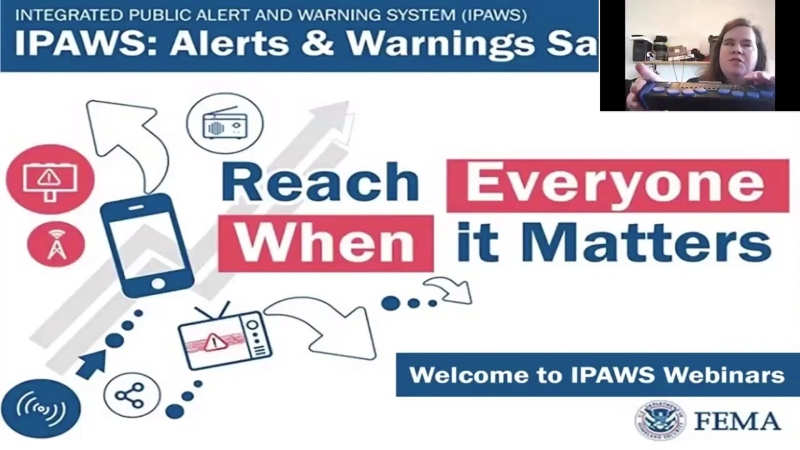
Takeaways
There is no perfect meeting platform. It is important to test all of the platforms you are considering to find out what will work best for your users.
Consider accessibility from the beginning.
If we had not considered accessibility from the outset, this process would have been much longer and perhaps could have resulted in not all panelists being able to participate. Many vendors include lists of keyboard shortcuts and accessibility guides on their websites. These resources are invaluable when learning about new platforms.
We urge meeting platform vendors to consider accessibility as they continue to develop new features and to involve people with disabilities at every state of the process.
About our guest writer
Megan Dausch is an accessibility specialist at Helen Keller Services. Through the Helen Keller National Center, she participated in developing the GoCC4All app. She has also been Dicapta Foundation's companion in presenting the app to public alerting authorities during two webinars hosted by FEMA. Her collaboration has been key to creating awareness of users' needs with sensory disabilities in front of audiences unfamiliar with their needs.
We are grateful to the FEMA team for their commitment to accessibility. They are promoting accessibility among warning authorities throughout the country. In the case of webinars, they went to great lengths to make sure the video conferencing platform we used was accessible.
